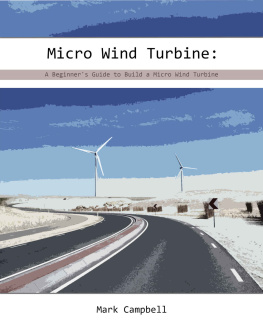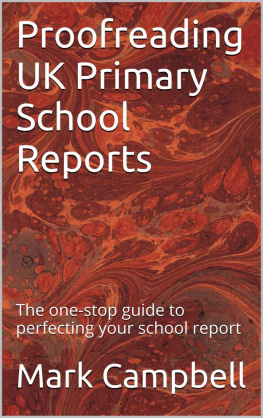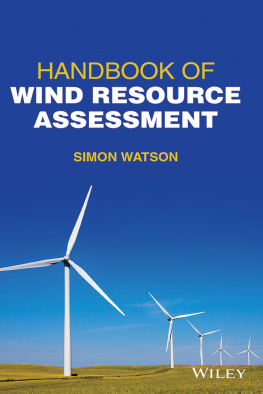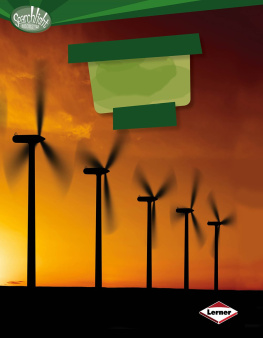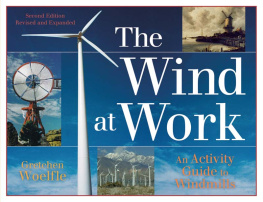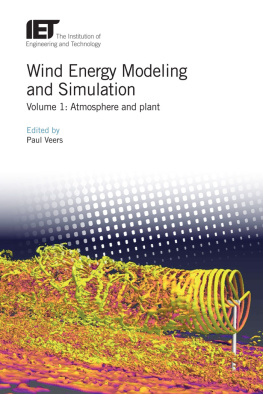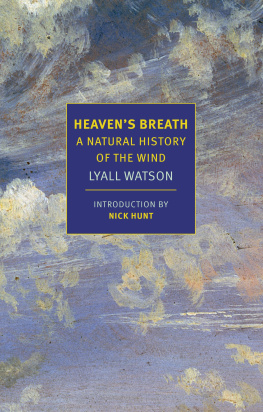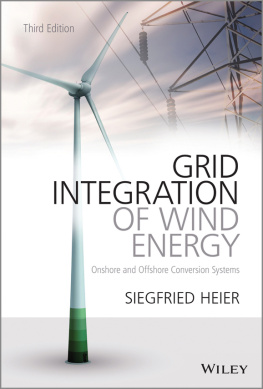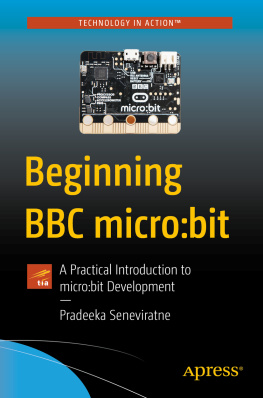Everyone has to start somewhere, so where then, does a potential wind enthusiast start? Well, you can start with your own backyard, because the first thing you should take stock of when you are considering the construction of your own micro wind turbine should be the actual amount of land space that you have to work with. You have to have at least a small, flat portion of land in order for any micro wind turbine project to be successful.
After that consideration has been made, you should probably consider who in your nearby vicinity a wind turbine might affect; namely your neighbors. With the neighbors consulted you should check up on the local zoning and building regulations of your community (Which will be discussed more in depth later in this book).
Once these prerequisite check boxes have been checked however, you are as good as gold. Get your parts from the local hardware store and your own garage, and build your micro wind turbine! This is the briefest summary you will ever get when it comes to what makes a successful micro wind turbine project. This is the skeleton on which the meat of your project will be hung. Now buy this book to find out the rest!
Chapter 1: Understanding and Preparing for Wind Energy
As we hear it rustling through the branches, most of us think that we know what wind is, but besides the more rudimentary reaction of our senses, when we get down to it, most of us dont really know what wind is. The wind is actually a byproduct of the suns rays moving through our planets atmosphere. When charged particles from the sun hit different pockets of atmospheric pressure in the Earths atmosphere, wind is created. In this chapter we are going to further explore some of the finer aspects of how wind is used to make energy.
The Wind Force Scale

It was a man named Francis Beaufort who created the first known wind force scale, in which he rated the wind on a scale from 0 to 12, with 0 indicating virtually no wind at all and 12 designating maximum hurricane force winds.
This scale was subsequently expanded later on to 17 levels but the original 0 to 12 is more than sufficient when it comes to rating the winds that your turbine might encounter.
For the most part, the best place for any wind turbine to be in on this scale would be right around 5 or 6, which would constitute a fairly robust, breezy wind. Frequent winds at 7 and above may provide you with some great energy after a while, but such high winds over long periods of time could also potentially damage your wind turbine, causing structural damage such as bent or broken rotor blades. So I the case of wind, it is always best to shoot for the happy medium, right in the middle of the wind force scale.
How Wind Turbines Work

The wind turbine is one of the best ways to capture wind energy. It is amazingly simple and yet surprisingly efficient. And at the most basic level the function of a wind turbine can be summed up like this; wind blows, this blowing wind causes the rotor blades of the turbine to spin, when these blades spin, they in turn cause a shaft inside the device to turn, the kinetic motion of which causes energy to be transferred directly to a generator which coverts that energy into electricity.
If you think about it, this whole process is actually working as an electric house fan in reverse. Yes, it could be said that the common electric house fan that you might plug in during the summer to cool off, works in the complete opposite order of how a wind turbine functions. And it also creates the exact opposite result.
Just think about it. You plug a house fan into your electric outlet in the wall, the electric current then causes the blades of the fan to spin, and this spinning creates the wind that you desire in order to cool yourself off! This is the complete opposite of how a wind turbine works! An electric fan uses electricity to create wind, but a wind turbine uses wind to create electricity!
How Wind Energy Can Help your Bottom Line

Of course, we only do things if they benefit our lives, this is a given, so having that said, just how much can wind energy benefit us? Well, the simple answer to this is; it depends.
Depending on the size of your tower, the amount of turbines, and the wind speed on your area, the net amount of energy you accumulate will ultimately vary.
But with optimal wind conditions and at least one viable wind turbine there is no reason you cant routinely produce at least 50 kilowatts of power. This is more than enough energy for the average household for an entire year. But if you would still like to know exactly how much energy you might be able to generate, you are going to have to crunch some numbers.
Because there is a special equation that has been created for just such a task, simply multiple energy efficiently by wind speed, density of air, and how long your blades are, and you will soon get a better idea of how wind energy can help your bottom line. Just crunch the numbers and punch in this simple equation if you have any questions about what wind energy can do for you!
Environmental and Energy Considerations

Since wind turbines are only using something that already exists naturally anyway; wind and air turbulence, there is no contamination or pollution as a byproduct.
Wind power has no waste, and nothing extra is introduced into the environment in order to create it, making for the cleanest energy source you could ever come by.
The industrialized world is slowly coming to the conclusion that the past 200 years of Fossil Fuel use is going to soon come to an end. But thats ok, because the renewable energy of wind power is waiting right there to take its place. Unlike the mountain depleting coal mines of North America, wind does not subtract from the environmental landscape.
As much as wind is utilized, this natural and renewable part of Earths biosphere will keep right on blowing back in our faces time and time again. Wind energy can save the environment and save our money all at the same time! These are great and exciting things to consider when you prepare to make the most of your wind energy.
Making Your Residence More Energy Efficient

Making your home more energy efficient should go hand in hand with producing wind energy. Really its just common sense; the more efficient your home is in using energy the better it can benefit from the energy that you produce.
So in order to maximize your returns from your wind turbine, lets take a look at making that home of yours as energy efficient as it can be.
And in doing this, one of the first things you should take into consideration is your homes insulation. The winter months can have us paying a lot on our heat and electric bills, but if we would just make sure that our home is properly insulated in the first place, much of this expenditure can be eliminated.

